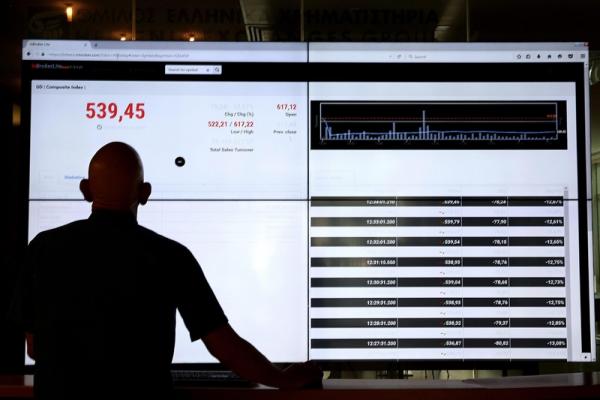This post was originally published on this site
https://i-invdn-com.akamaized.net/news/fa8a2f803ea2ddf92359d55091dcde0a_M.jpg
“Expect record-breaking changes post COVID-19,” strategists including James Yeo and Savita Subramanian wrote in a report Monday about the annual process. “The February-March sell-off — and the subsequent rally — driven by COVID-19 has significantly reshaped the equity markets, and turnover will likely be higher than usual.”
The rebalance often fuels one of the highest-volume stock-trading days of the year in the U.S., as investments that track the Russell indexes buy and sell to mimic the benchmarks. According to Keefe, Bruyette & Woods, Russell estimates there are around $9 trillion in assets linked to the Russell indexes, more than $900 billion of which are in passive vehicles. Speculators and arbitrageurs often buy stocks ahead of the changes, so sometimes the expected stock moves occur well before the actual reconstitution date — June 26 this year. The “Rank Day,” when the preliminary lists of index components is determined, was May 8.
The reconstitution comes amid a backdrop of high volatility, with markets roiled as investors try to cope with the effects of coronavirus on public health and economies around the world. Growth stocks have been outperforming value shares, while technology giants soar.
The Russell 1000 Growth Index is expected to skew toward megacap stocks more than ever, and the number of stocks in the Growth index is expected to plunge to a record 421 from 533, while the Value index is likely to see membership rise to an all-time high of 843 from 721, BofA said. Industrials will see a broad rotation out of Growth into Value, BofA said.


